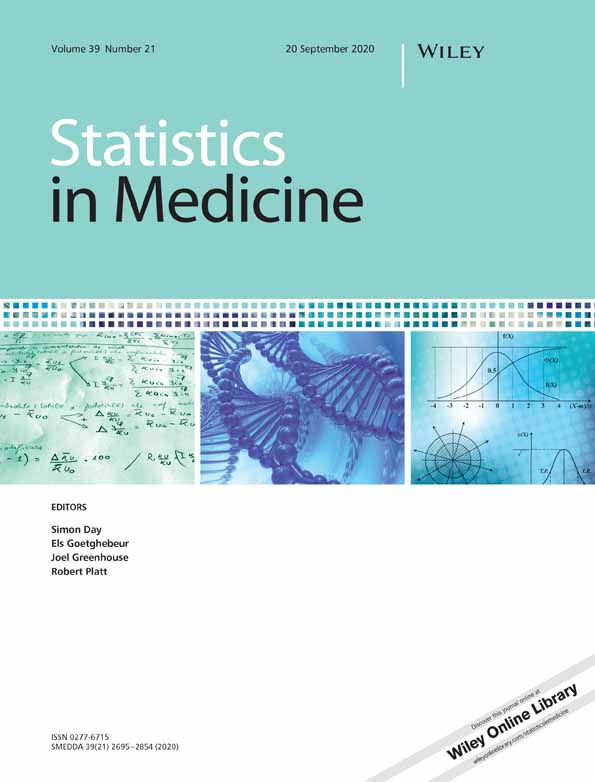Randomization-based interval estimation in randomized clinical trials
Abstract
Randomization-based interval estimation takes into account the particular randomization procedure in the analysis and preserves the confidence level even in the presence of heterogeneity. It is distinguished from population-based confidence intervals with respect to three aspects: definition, computation, and interpretation. The article contributes to the discussion of how to construct a confidence interval for a treatment difference from randomization tests when analyzing data from randomized clinical trials. The discussion covers (i) the definition of a confidence interval for a treatment difference in randomization-based inference, (ii) computational algorithms for efficiently approximating the endpoints of an interval, and (iii) evaluation of statistical properties (ie, coverage probability and interval length) of randomization-based and population-based confidence intervals under a selected set of randomization procedures when assuming heterogeneity in patient outcomes. The method is illustrated with a case study.




